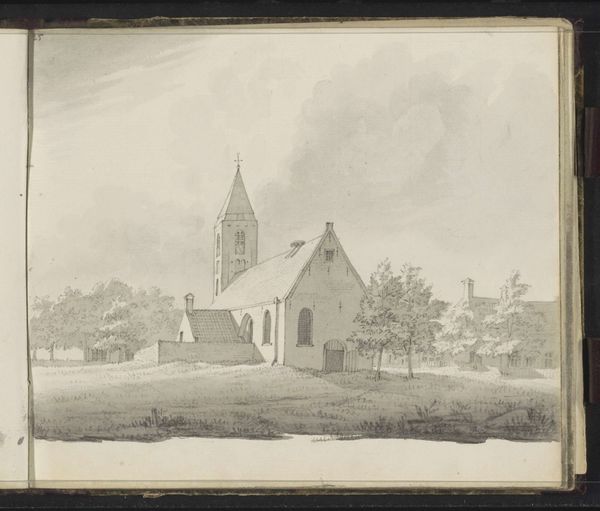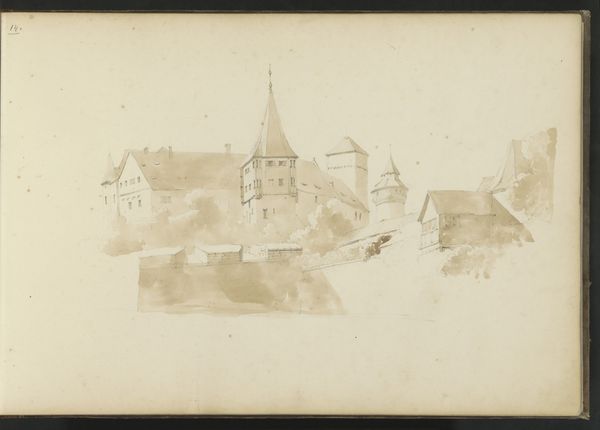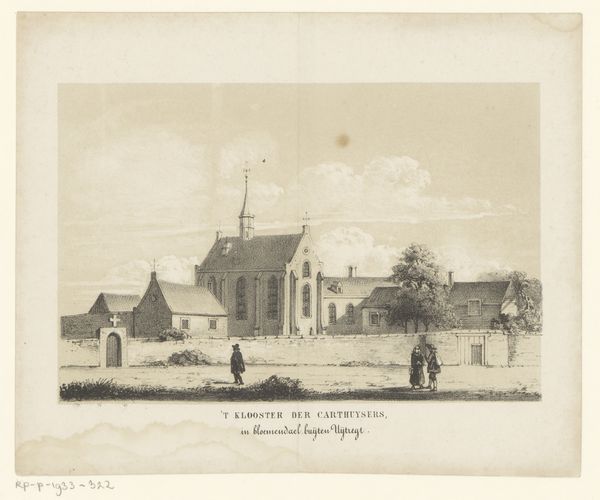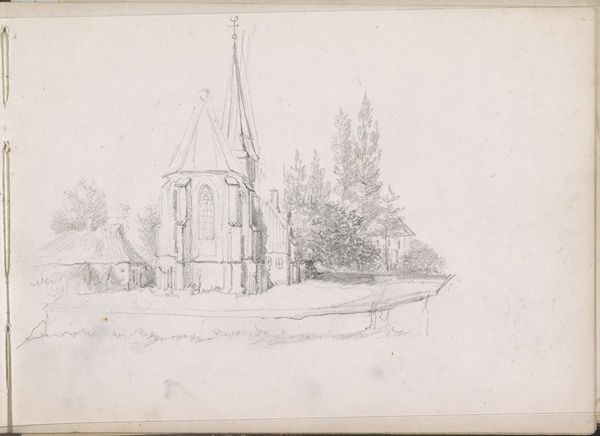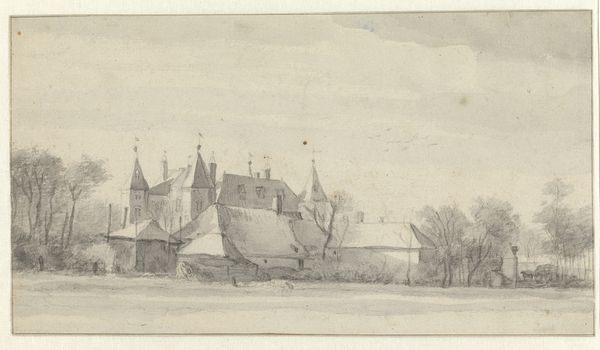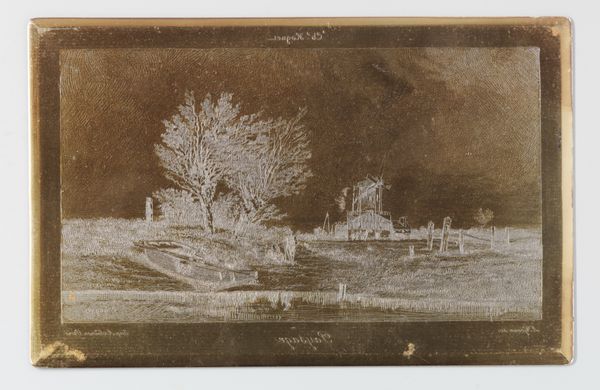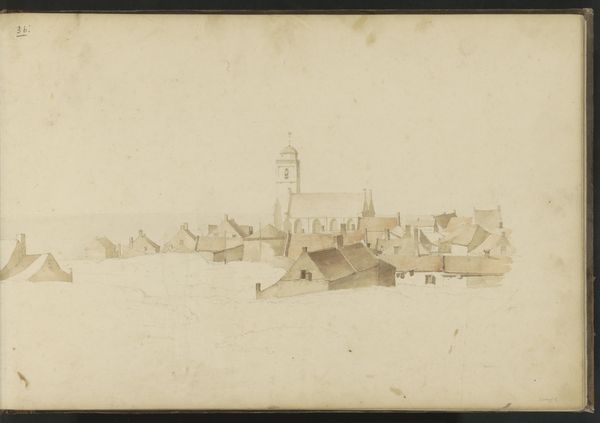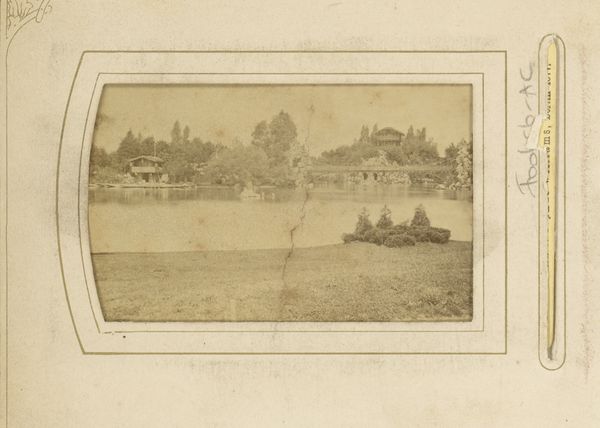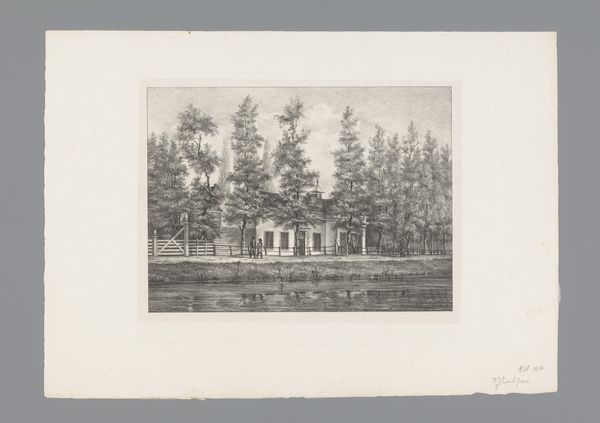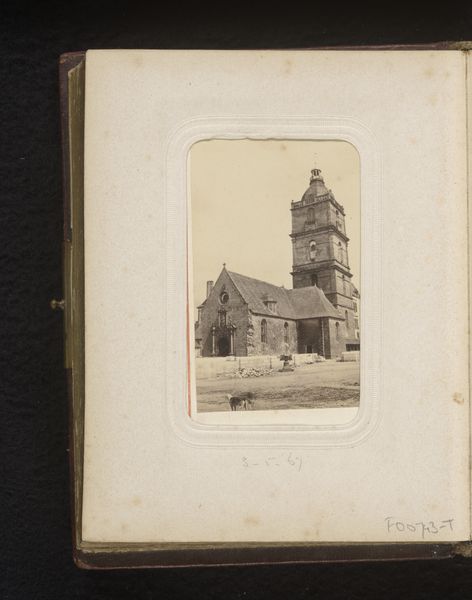
drawing, pencil
#
drawing
#
landscape
#
coloured pencil
#
romanticism
#
pencil
#
realism
Copyright: Rijks Museum: Open Domain
Curator: We’re looking at Hendrik Abraham Klinkhamer’s “Dorpsgezicht met kerk,” which translates to “Village View with Church,” dating from 1820 to 1872. The work, currently held in the Rijksmuseum collection, employs pencil and coloured pencil, giving it a nuanced texture. Editor: Oh, my! It’s like stepping into a hushed, bygone era. The soft greys and browns evoke such a tranquil, almost melancholic, mood, isn't it? Makes me want to write poetry about quiet Sundays. Curator: Precisely. The subdued palette, along with Klinkhamer’s rendering of this seemingly simple village, really speaks to the Romantic era’s interest in the beauty and power of nature, and its relationship to societal structures, particularly within the rural landscape. There’s also an element of Realism, given its meticulous detail. Editor: Meticulous is the word! Look at the careful shading around the church steeple, and the little cottages tucked away. You can almost feel the weight of history in those old stones. It also strikes me as inherently Dutch somehow—that almost severe horizontality and light. Am I projecting? Curator: Not at all! Consider the period it was made: this village scene can be seen as an idealized rendering of the social and political order. We need to remember that the relationship to the rural in Dutch art served different political purposes during the various shifts in the 19th century. It certainly prompts us to examine class structures within such communities. Editor: Hmmm, perhaps that's where the melancholic feeling comes from—a silent acknowledgment of lives lived according to a rhythm beyond our control. Almost makes you wonder what stories those houses could tell. It's simple, but very, very affecting, no? Curator: It makes one think about those less privileged and what that says about this view of idealized living, what this artist chose to portray versus what exists in actuality. It does invite such important considerations about the narratives within visual culture and its time. Editor: Absolutely! So, I leave this sketch feeling both moved and thoughtful, with more than a few mental images to fuel some new work. Curator: Yes, a lot to unpack. For me, it deepens my appreciation for how representations of rural life reflect and shape our understanding of societal hierarchies and collective identity.
Comments
No comments
Be the first to comment and join the conversation on the ultimate creative platform.
